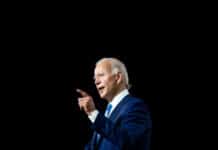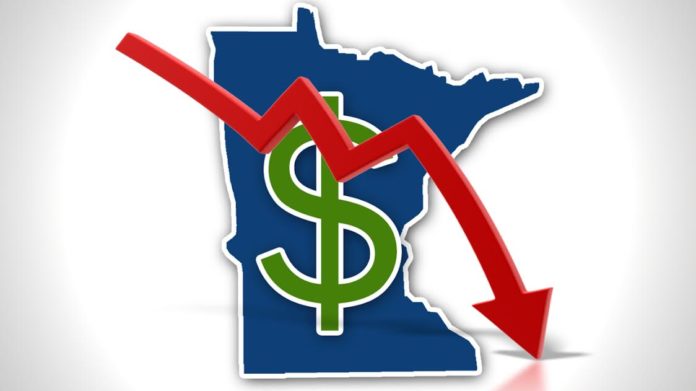State’s income tax, complex tax code and estate tax make it volatile for business owners.
Washington D.C. – The Tax Foundation and the Minnesota Business Partnership have teamed up to publish an illustrated guide to Minnesota’s tax climate.
The two entities published the chart book and accompanying press release Wednesday. The goal of the publication is to provide “taxpayers, the media, and policymakers with information that could help improve the state’s business tax climate.”
Minnesota’s “Tax Freedom Day,” the day that all Minnesota citizens have earned enough money to pay their cumulative taxes for the year, is April 30. This ranks 45th worst among all states. The nation as a whole has a Tax Freedom Day of April 24. Its total tax burden on its residents is 10.8 percent of the state’s total income, the eighth highest mark in the nation. New York ranks highest at 12.7 percent, while Alaska has the lowest mark at 6.5 percent.
“Compared to most other states, Minnesota has a complex tax code with high individual and corporate rates,” Tax Foundation policy analyst and chart book co-author Morgan Scarboro said, “Its property tax system is far more complicated than anywhere else in the country. And unlike a large majority of states, Minnesota also continues to impose an estate tax. These issues could limit Minnesota’s economic growth in the future.”
The overall business climate and contributing factors push Minnesota further down the rankings. At 46th overall, it loses out to neighboring Iowa by six places and to Wisconsin by seven, but South Dakota far outshines Minnesota with its number two overall ranking. The worst contributing rankings for Minnesota are its 45th place finish on individual income tax, and a 43rd place ranking on corporate taxes.
Minnesota’s 9.8 percent corporate tax rate is the second highest in the Midwest behind Iowa’s 12 percent rate. It is also the third highest in the nation with Pennsylvania’s 9.99 percent rate taking second in the U.S.
The guide shows Minnesota has the most complex property tax code in the nation with 52 different classifications. The state with the next highest tax classifications is South Dakota, with just 14. The average for States is just six classifications. Total property tax collections in Minnesota may soon cross the $900 million mark, having just broken $800 million in 2011.
Minnesota is also one of thirteen states with an estate tax still in place. It also has the fifth lowest starting point for such taxation; as well as the fourth highest starting percentage of taxation, with a range between nine and 16 percent.
Over the past fourteen years, and perhaps as a result of these intense taxation policies, Minnesota has had a negative net migration each year. The last time that more people moved into the state than moved out was in 2001, when Jesse Ventura was still governor of Minnesota.


















